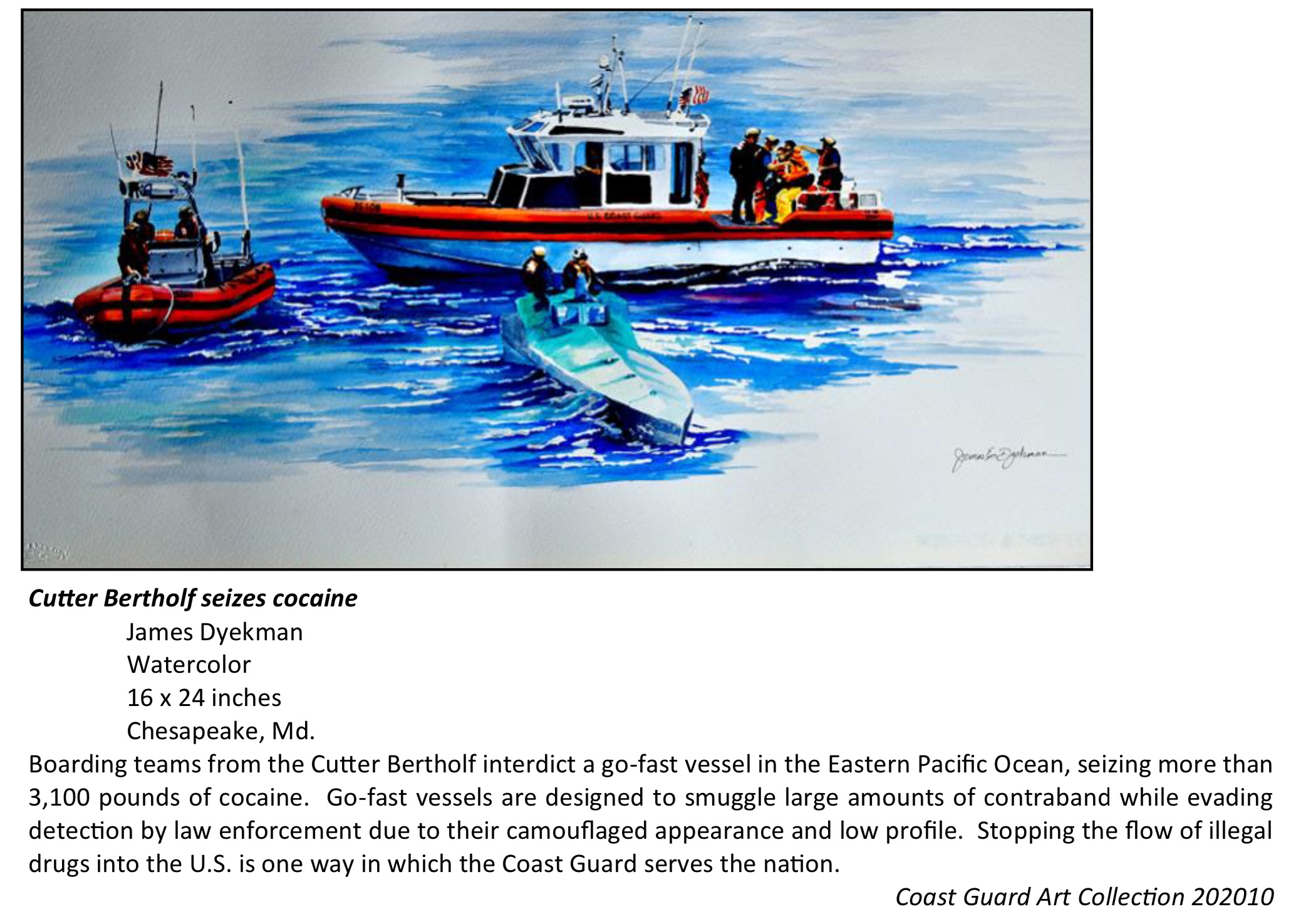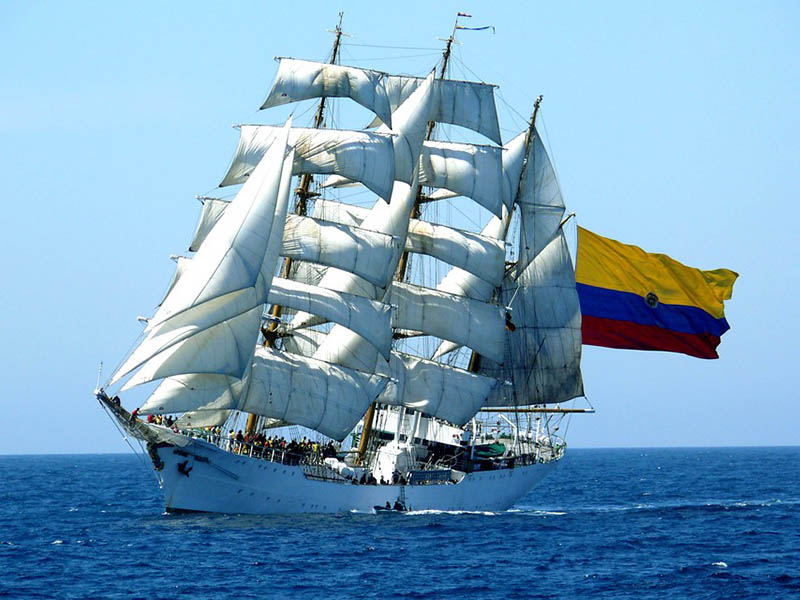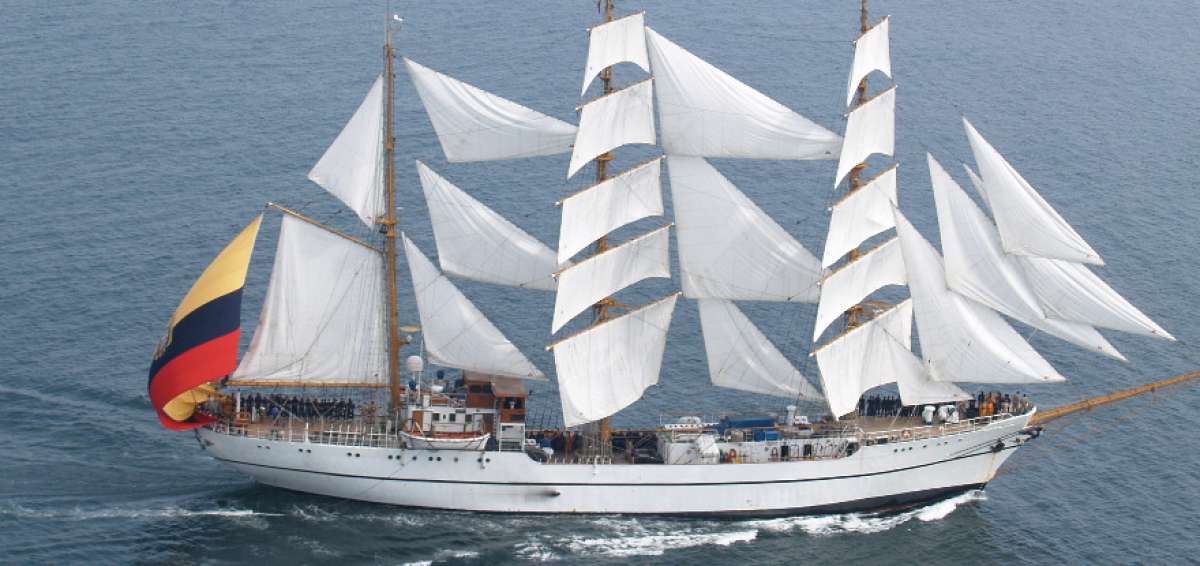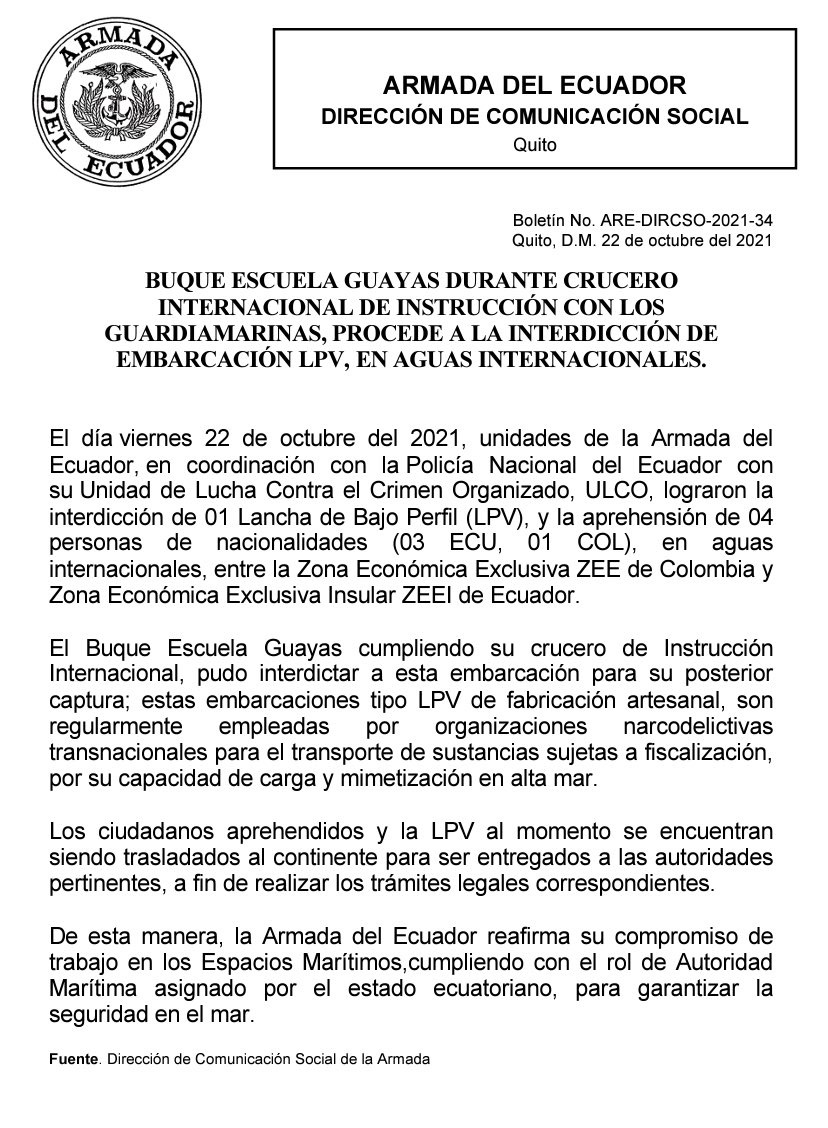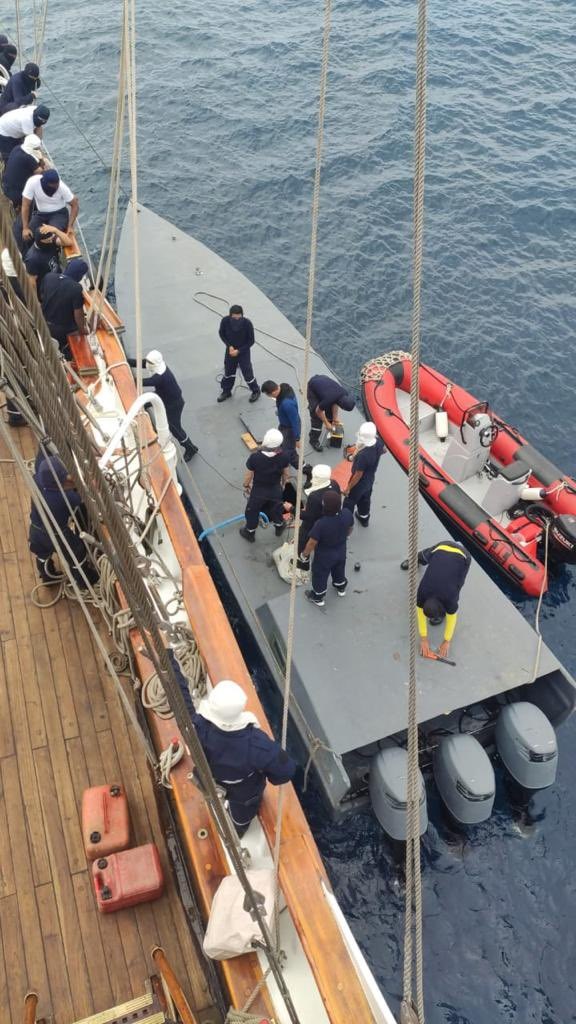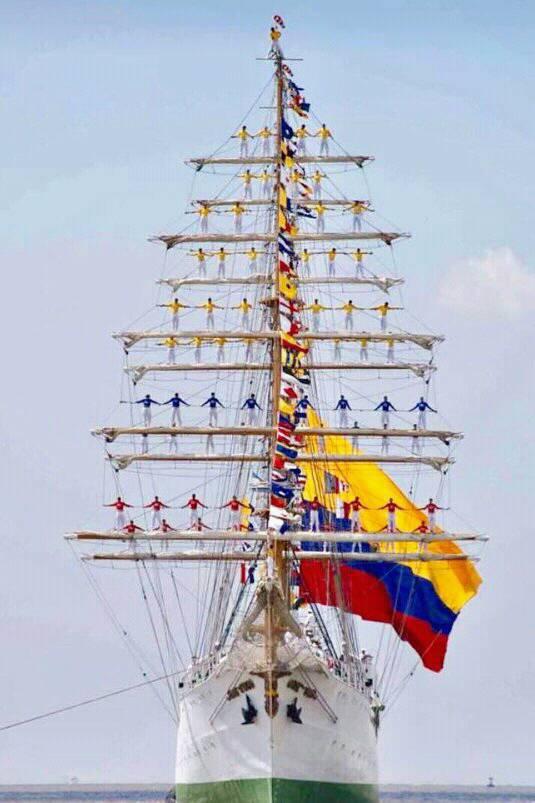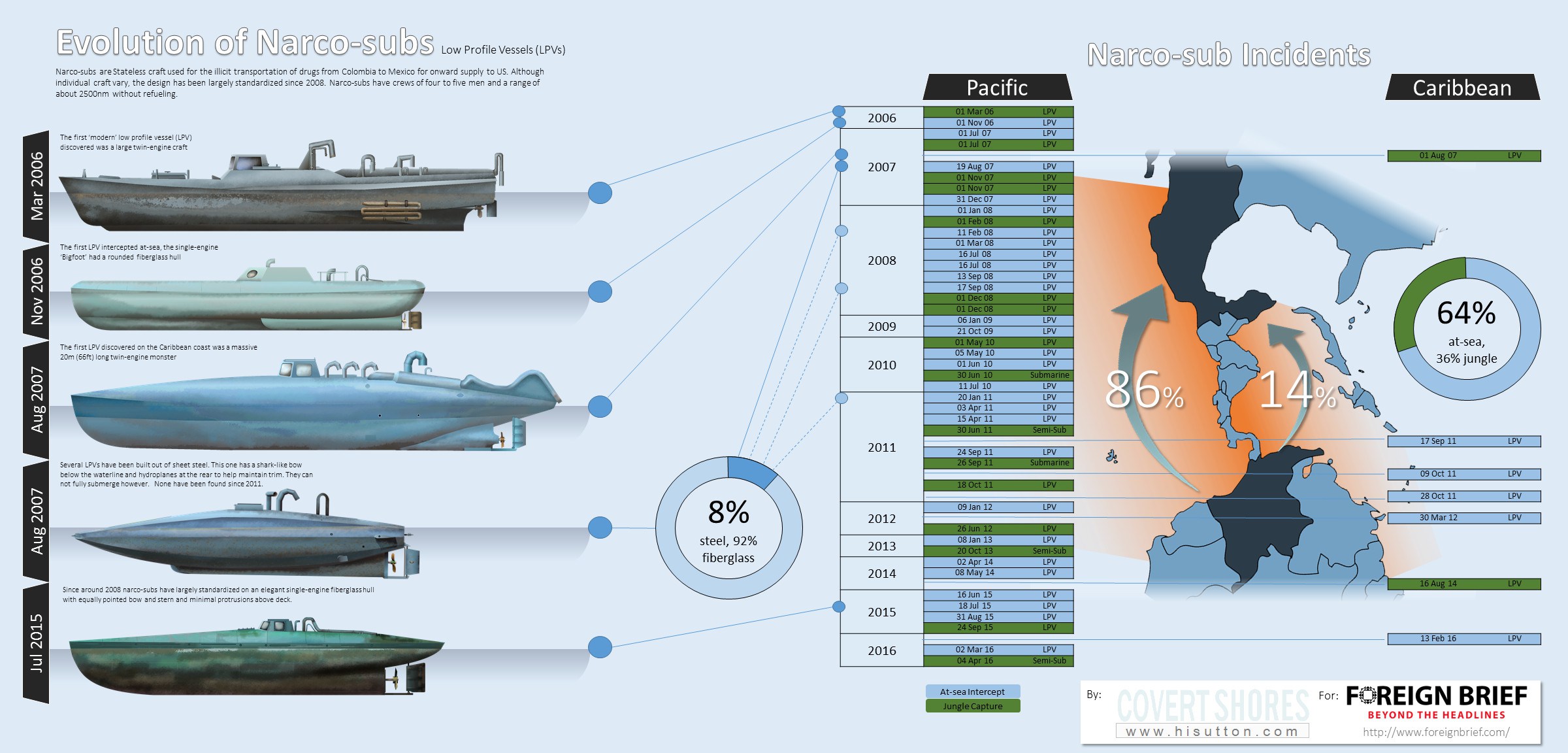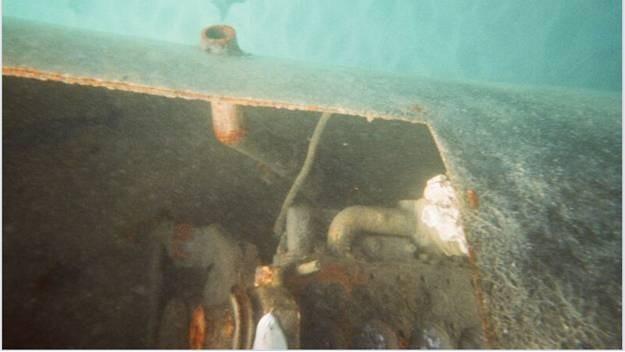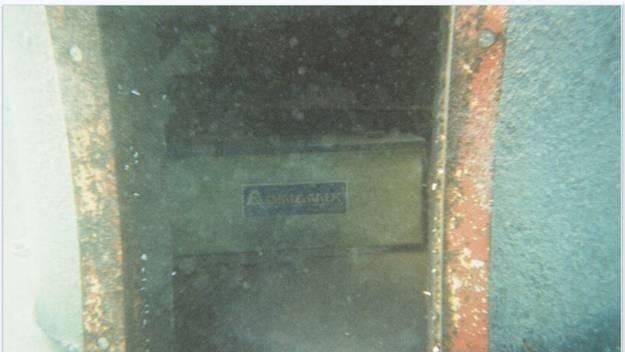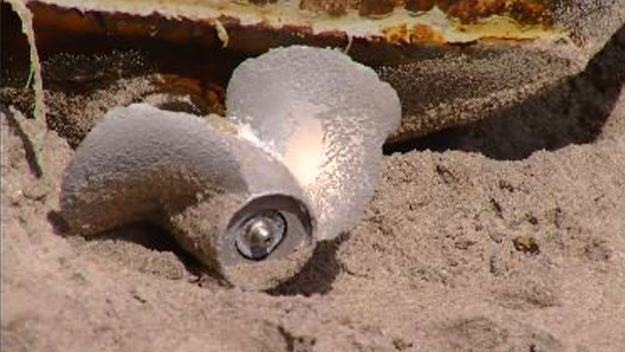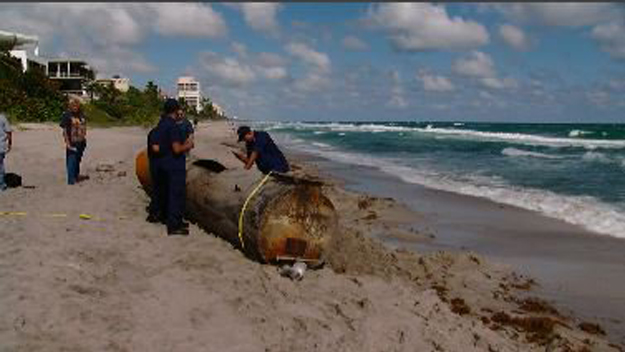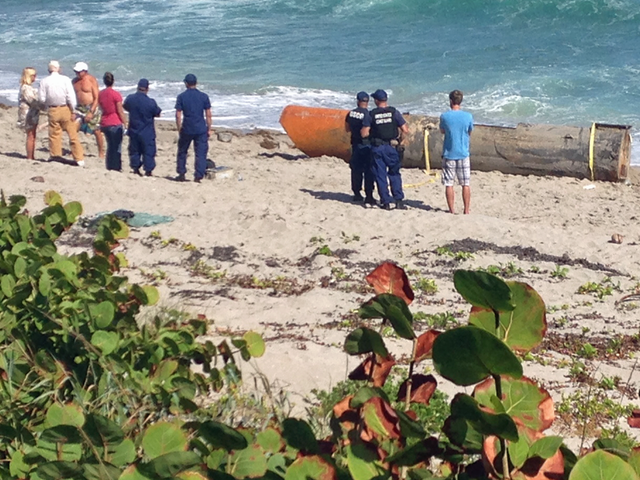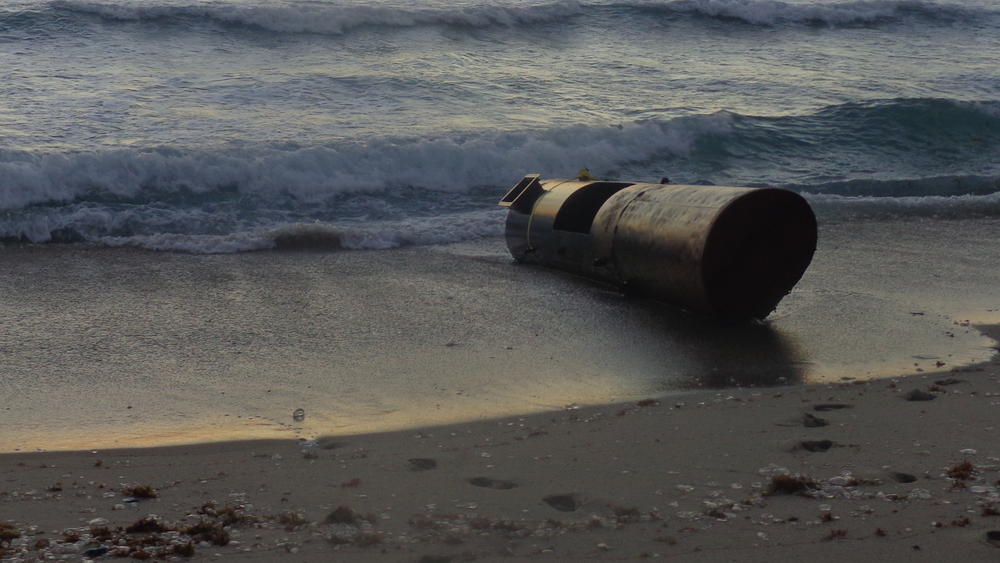And in USCG News…
Lots of stories from the Coast Guard that you may have missed (as they don’t get much press).
Polar Star Returns
The 48-year-old USCGC Polar Star (WAGB-10) and her crew have returned home to Seatle after a monumental 138-day deployment to Antarctica in support of Operation Deep Freeze 2024.

The crew of the U.S. Coast Guard Cutter Polar Star (WAGB 10) stands on the ice in front of the cutter in McMurdo Sound, Antarctica, Dec. 29, 2023. Every year, a joint and total force team works together to complete a successful Operation Deep Freeze season. Active, Guard, and Reserve service members from the U.S. Air Force, Army, Coast Guard, and Navy work together to forge a strong JTF-SFA that continues the tradition of U.S. military support to the United States Antarctic Program. (U.S. Coast Guard photo
During their deployment, the crew traveled over 27,500 miles, navigating through various oceans and breaking through thick Antarctic ice to ensure the delivery of vital supplies, including nine million gallons of fuel and 80 million pounds of cargo, to resupply the United States Antarctic stations, in support of the National Science Foundation (NSF) – the lead agency for the United States Antarctic Program (USAP).
After arriving in Antarctica, the cutter broke a 38-mile channel through fast ice up to 12 feet thick, creating a navigable route for cargo vessels to reach McMurdo Station. The Polar Star and crew executed three close-quarters ice escorts for cargo vessels through difficult ice conditions to guarantee the delivery of nine million gallons of fuel and 80 million pounds of cargo to advance scientific endeavors in the most remote region of the world. The cutter departed the Antarctic region on Feb. 14 after 51 days of operations in support of Operation Deep Freeze 2024.
Harriet Lane Flexes in the Pacific Rim
The 40-year-old 270-foot USCGC Harriet Lane (WMEC 903), the only member of her class deployed to the Pacific, just completed her inaugural 15,000-mile, 79-day Operation Blue Pacific Patrol in Oceania.
Just moved to the Pacific after a 15-month SLEP, it looks like they ditched her old MK75 OTO for a 25mm MK38 Mod 2, which offers better optical fire control but far less punch. At least she still has her AN/SLQ-32 electronic warfare suite that hopefully has been updated to a (V)3 standard, which would allow her to jam. Plus, in theory, she could carry an MH-60.

U.S. Coast Guard Cutter Harriet Lane (WMEC 903) crew renders honors to the Battleship Missouri Memorial as the Harriet Lane and crew return to home port in Pearl Harbor, Hawaii, April 9, 2024. (U.S. Coast Guard photo by Senior Chief Petty Officer Charly Tautfest)
Based now in Hawaii, Harriet Lane and crew “partnered alongside allies and several Pacific Island countries from January to April 2024. Among those countries were Samoa, Fiji, Vanuatu, Australia, Papua New Guinea, Nauru and Marshall Islands. The focus was on advising and sharing best practices, along with bolstering our partners’ capabilities to promote and model good maritime governance in the region.”
Of note, the Chinese ambassador said that USCG boarding of their trawlers in Oceania is illegal, so there’s that.
Bertholf Returns from West Pac Deployment
The more modern 4,600-ton USCGC Bertholf (WMSL 750) and crew returned home on 10 April following a 21,000-mile, 98-day Indo-Pacific deployment in support of U.S. Indo-Pacific Command and U.S. Navy’s Seventh Fleet.
Throughout the deployment, Bertholf led international engagements in the Republic of Singapore, Malaysia, and India, strengthening interoperability and maritime governance through joint at-sea exercises, professional engagements, and subject matter expert exchanges.
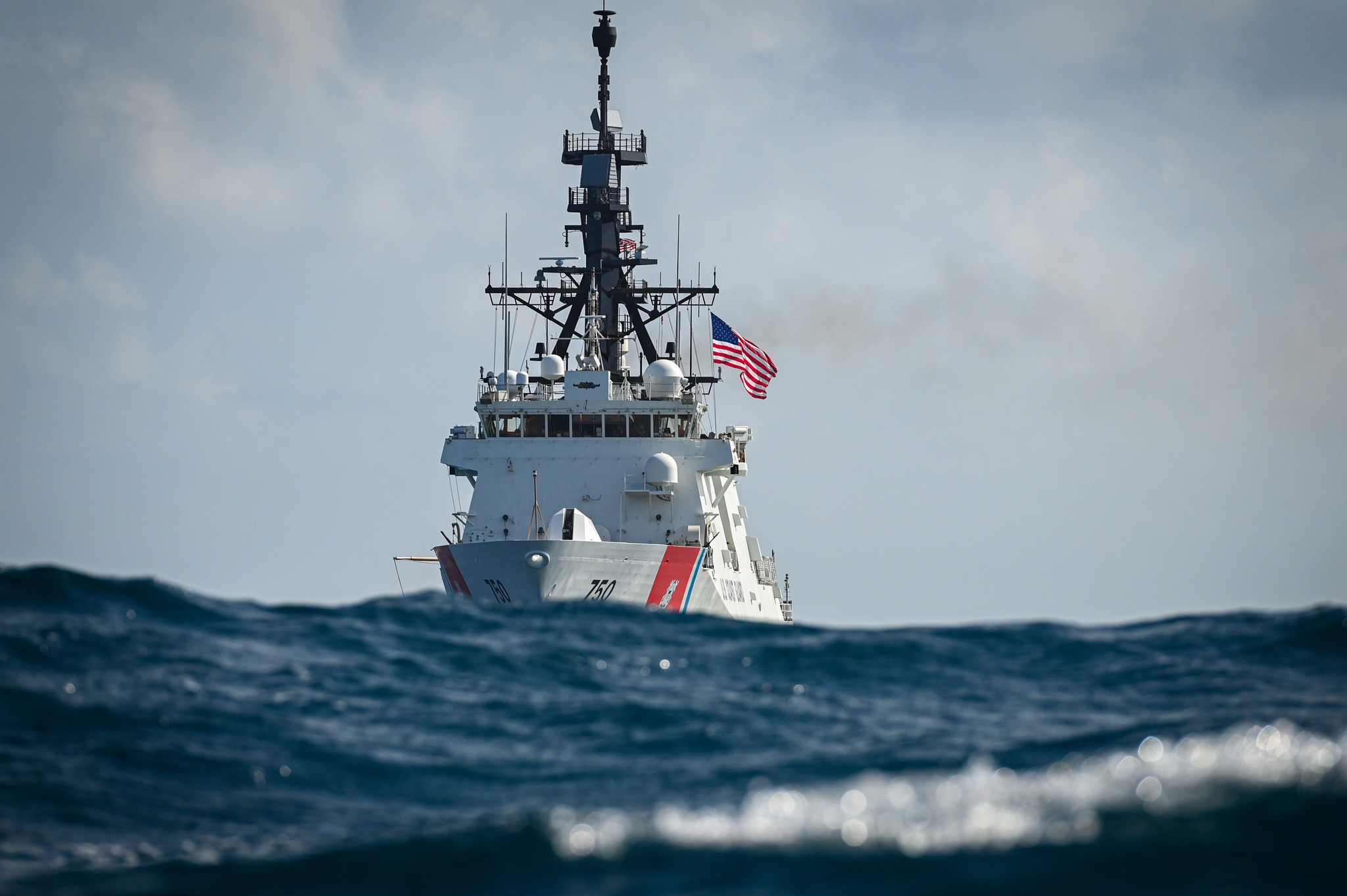
U.S. Coast Guard Cutter Bertholf (WMSL 750) transits near the Singapore Straits, on Feb. 29, 2024. The Bertholf is a 418-foot National Security Cutter currently deployed to the Indo-Pacific region under the tactical control of the U.S. 7th Fleet. (U.S. Coast Guard photo by Petty Officer Steve Strohmaier)
Meanwhile, in the 4th Fleet AOR…
Coast Guard Reserve crews from three Port Security Units (PSU) will be conducting exercise “Poseidon’s Domain” along the northeast and eastern coasts of Puerto Rico from April 8 to April 25. The exercise will train crews from PSUs 305, 307, and 309 on Coast Guard Reserve PSU functions in support of national defense and homeland security missions.
The company-sized units deployed– with their boats and equipment– via USCG HC-130s, which is cool.
The PSU training events will include boat operations, unmanned aerial system operations, and Life Support Area establishment. PSU crews will also work with the U.S. Army Reserve 432nd Transportation Company, U.S. Customs and Border Protection-Air and Marine Operations Fajardo Maritime Unit, Maritime Surveillance Division FURA and Policía de Puerto Rico Distrito Vieques to enhance joint maritime security capabilities in the region.
Finally, an embarked USCG Law Enforcement Detachment (LEDET) aboard the elderly Ticonderoga-class guided-missile cruiser USS Leyte Gulf (CG 55) recently intercepted three different vessels while on patrol in the Caribbean Sea under USSOUTHCOM/JIATF-South orders.
One of the vessels, it should be pointed out, was a narco sub (self-propelled semi-submersible drug smuggling vessel), which then became the subject of a SINKEX.

240322-G-N3764-1001 ATLANTIC OCEAN (March 22, 2024) – The Ticonderoga-class guided-missile cruiser USS Leyte Gulf (CG 55), embarked U.S. Coast Guard Law Enforcement Detachment (LEDET) and Helicopter Maritime Strike Squadron (HSM) 50 work together to intercept a self-propelled semi-submersible drug smuggling vessel (SPSS), in the Atlantic Ocean, March 22, 2024. Leyte Gulf is on a scheduled deployment in the U.S. Naval Forces Southern Command area of operations, employed by the U.S. Fourth Fleet to support joint and combined military operations, which include counter-illicit drug trafficking missions in the Caribbean and the Atlantic. (U.S. Coast Guard Courtesy Photo/Released)




